Why should spine pain be treated in case of scoliosis?
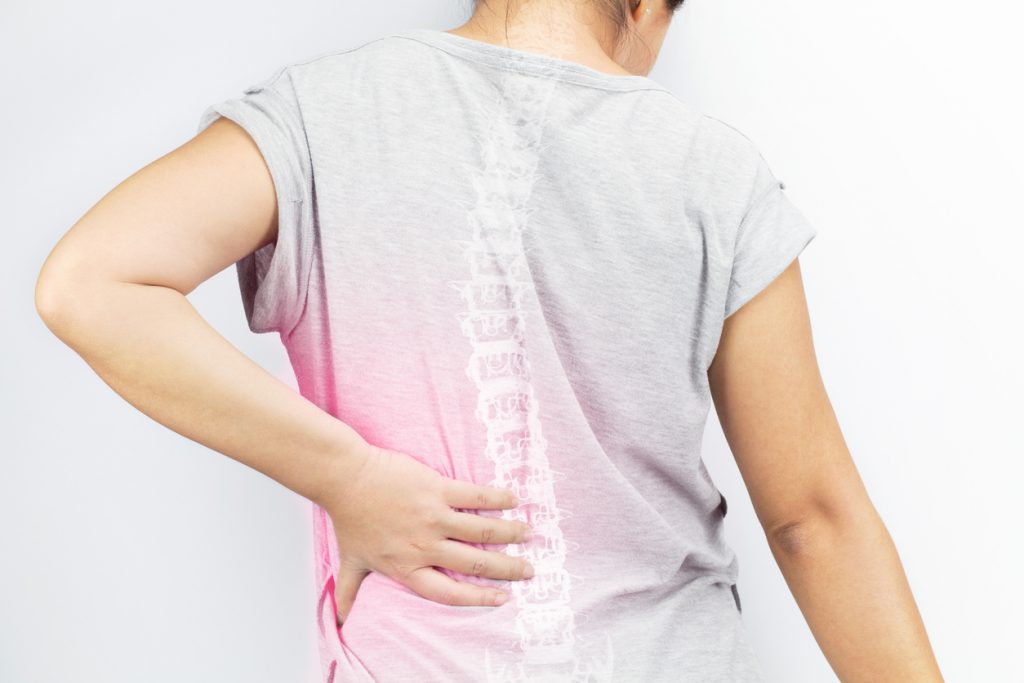
Scoliosis is a disease of civilization. It is a paradoxical comparison because it is logical that the number of illnesses should decrease in the modern world – but due to technological progress, they still develop. The progression of scoliosis leads: sitting in one place for a long time in an uncomfortable position, hours of work in front of a computer, low daily activity, sudden weight lifting. Although people tend to go to the gym, often due to lack of time – they skip workouts, and then in one visit, they try to catch up, thereby loading the spine even more. This pathology affects children because now there is a tendency for children to watch cartoons on the Internet from an early age. Many people do not even suspect that they have this disease because it develops incredibly slowly. And most often, patients go to the doctor with complaints of pain in the spine.
Why does scoliosis develop?
In 80% of cases, scoliosis develops idiopathically. It means that there is no evidence base for why this disease occurs – the reasons for the development are unclear. The healthy human spine is a straight line, but when the vertebrae are bent into a curve or rotate (twisted) like a corkscrew, this deformation is called scoliosis. Scoliotic curvature of the spine occurs in childhood – during the period of active growth and development of the child. And if you do not resort to treatment in time, the disease can worsen and lead to serious health problems. Risk factors are hereditary predisposition, hormonal disorders, and underdevelopment of the back muscles. A sedentary lifestyle is also a cause of scoliosis, but asymmetric physical activity also leads to scoliosis, when the muscles on one side of the body are tense – others are relaxed.
Symptoms and treatment
Symptoms depend on the degree of the disease, its duration, and the rate of progression. Only an experienced doctor can determine the presence of curvature of the spine through tests and diagnostic methods. The doctor can determine the misalignment of the pelvic bones, the location of the shoulders and shoulder blades at different heights, asymmetric bends in the waist, bulging of the ribs on one side. Also, the patient may be concerned about pain in the spine, the occurrence of which is not associated with physical exertion or injury. The pain is due to the compression of the nerves and nerve pillars.
Treatment of spinal pain in scoliosis should be comprehensive. In the early stages of scoliosis, doctors use conservative methods. These include: wearing a corset, massages, manual therapies, exercise therapy. Patients require surgical treatment and rehabilitation in advanced stages and the presence of complications.
Other causes of spinal pain
The other most common cause of pain is trauma (bruises, fractures, dislocations of the vertebrae, ligament ruptures) of the spine. You can read more about this here: https://touchofhealthmedical.com/orthopedics/spine-pain/spine-injury/. Also, osteochondrosis, inter-vertebral hernia, spondyloarthritis provoke spine pain.

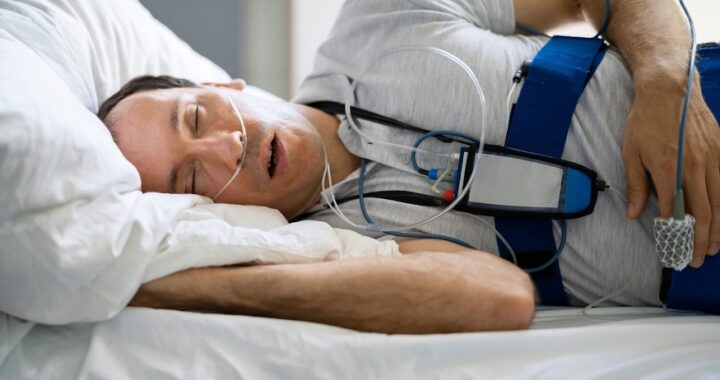 WHAT IS SLEEP APNEA AND WHY SHOULD YOU CARE?
WHAT IS SLEEP APNEA AND WHY SHOULD YOU CARE? 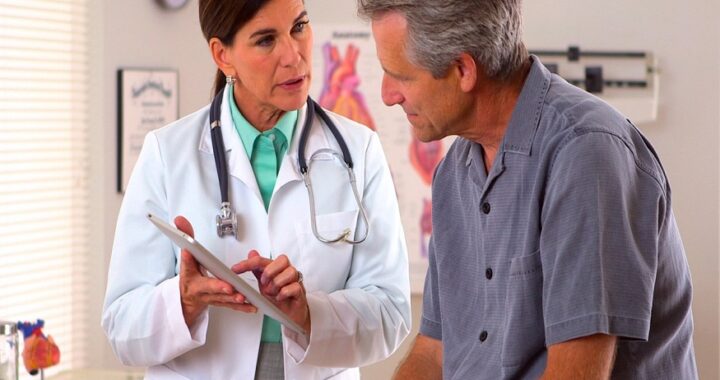 WHAT IS A VASECTOMY? EVERYTHING YOU NEED TO KNOW
WHAT IS A VASECTOMY? EVERYTHING YOU NEED TO KNOW 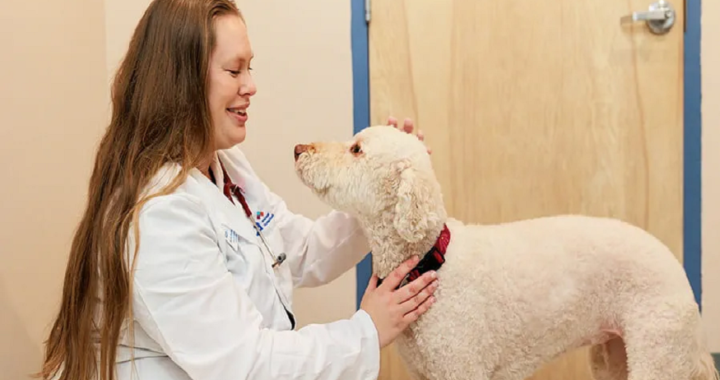 Vaccination Schedules For Cats And Dogs: What Every Pet Owner Should Know
Vaccination Schedules For Cats And Dogs: What Every Pet Owner Should Know  The History and Cultural Significance of Ayahuasca
The History and Cultural Significance of Ayahuasca 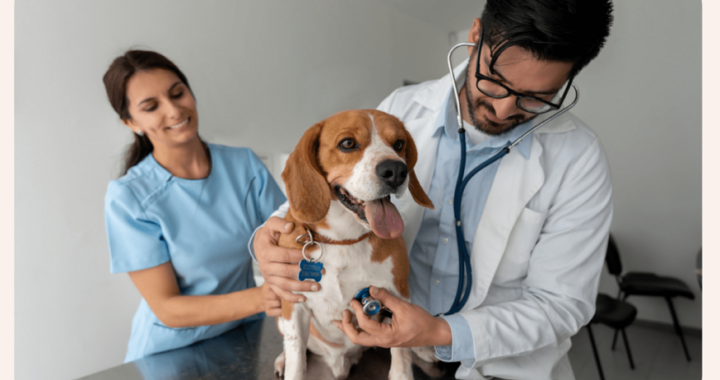 Understanding Common Health Issues in Small Animals: Insights from a Veterinarian’s Perspective
Understanding Common Health Issues in Small Animals: Insights from a Veterinarian’s Perspective  Navigating Your Pet’s Health: What to Expect from Your General Veterinarian
Navigating Your Pet’s Health: What to Expect from Your General Veterinarian 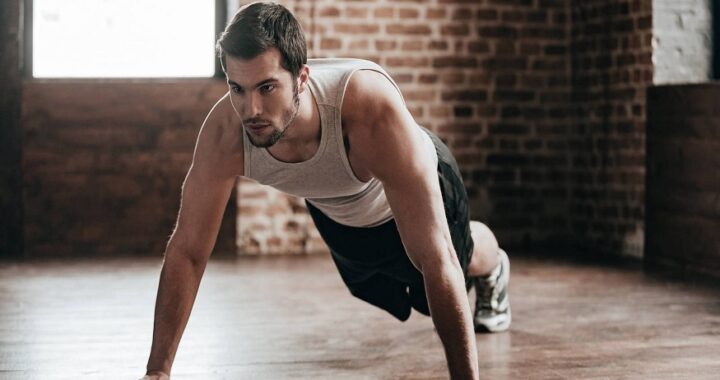 Tennessee Men’s Clinic Highlights the Transformative Power of Fitness on Men’s Lives
Tennessee Men’s Clinic Highlights the Transformative Power of Fitness on Men’s Lives 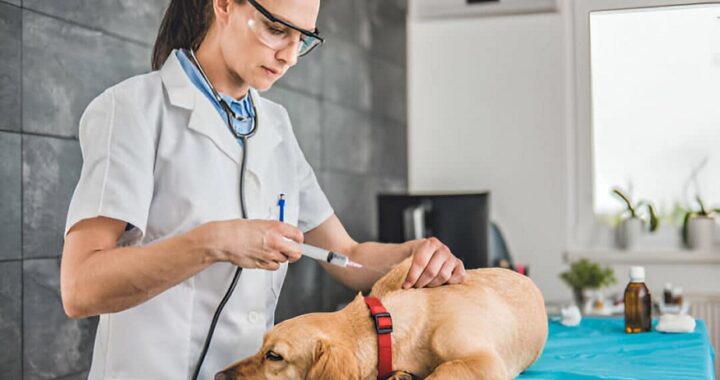 Behind the Scenes: A Day in the Life of a Veterinary Hospital Staff Member
Behind the Scenes: A Day in the Life of a Veterinary Hospital Staff Member